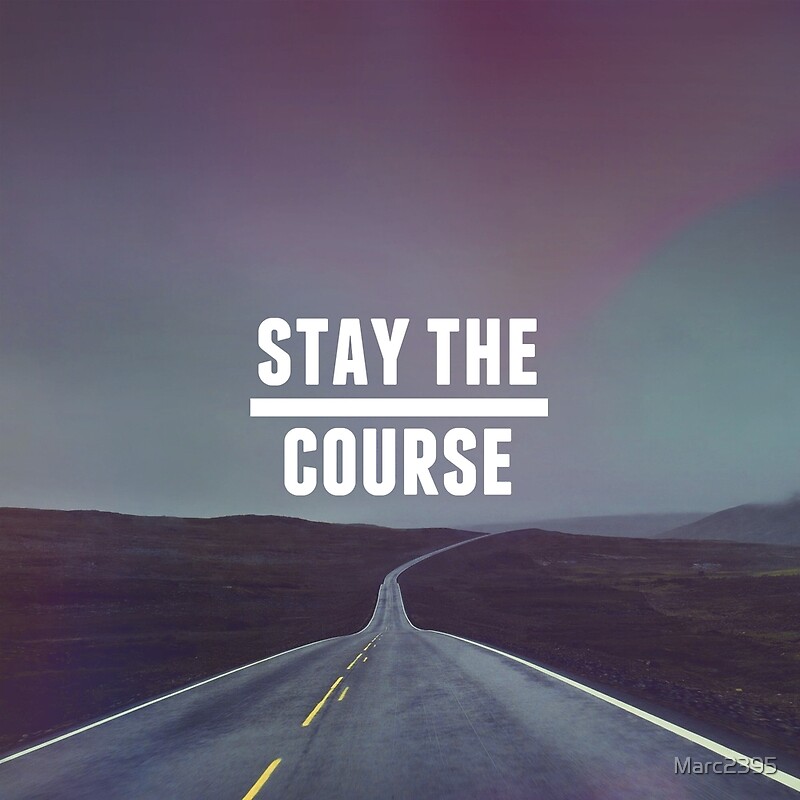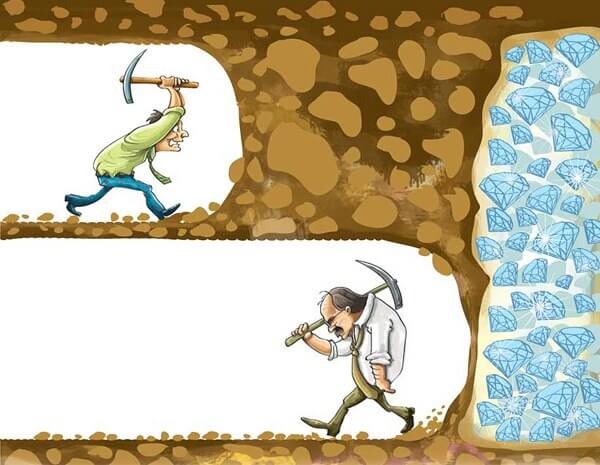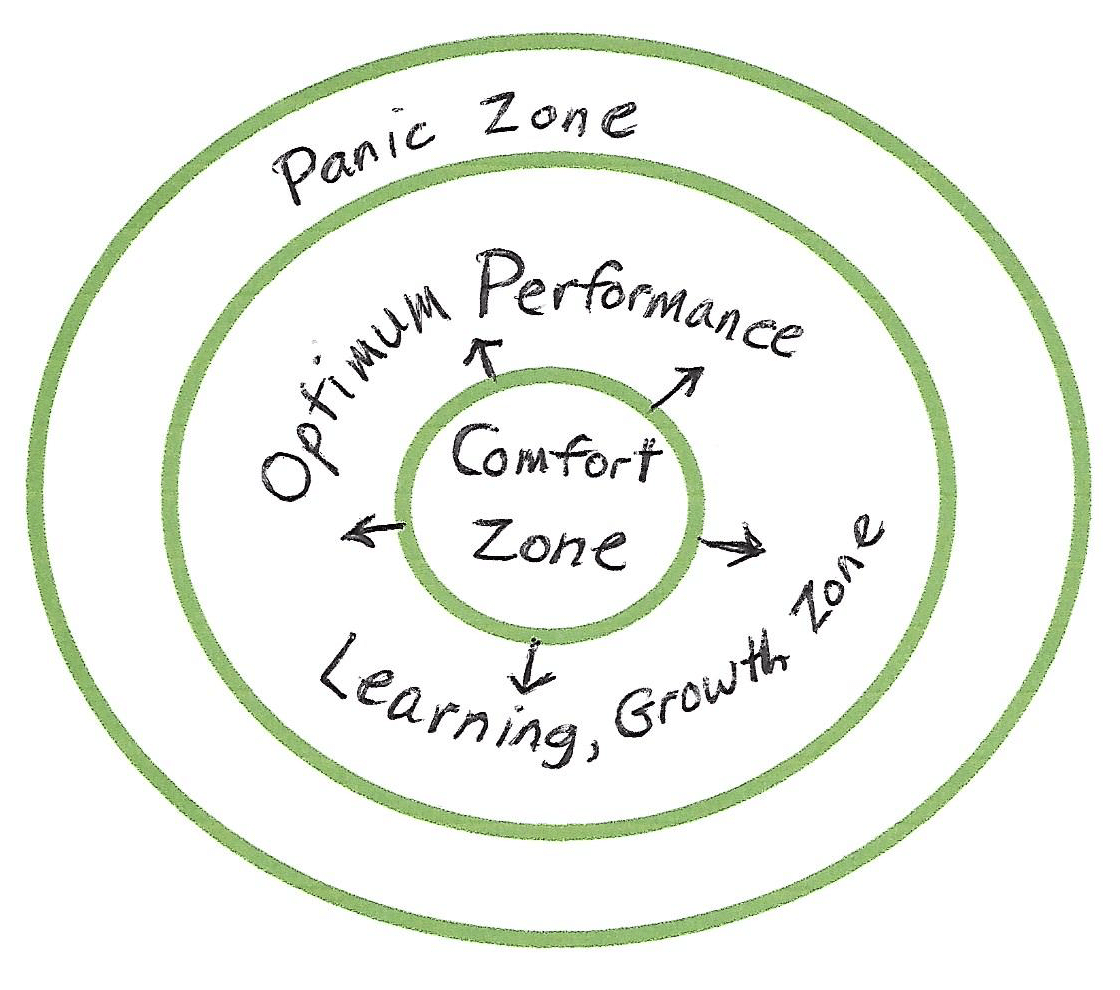
Did you ever take a break from playing your instrument and worry about getting your chops back in shape? Perhaps some time off to go on vacation or recover from an injury? You might experience some surprising benefits.
Category: Growth

Did you ever take a break from playing your instrument and worry about getting your chops back in shape? Perhaps some time off to go on vacation or recover from an injury? You might experience some surprising benefits.
Happy New Year! May yours be filled with good health – physically, mentally, and spiritually – and beautiful music! It’s the 1-year anniversary of my bi-monthly newsletter and I’d like to start off this year by expressing my gratitude to you for being part of this community.
My goal this year is to dive deeper – to continue exploring beyond practice strategies and violin technique and discuss how each of our individual musical journeys and ever-evolving roles within the music world are connected to everything else in our lives.
For a work in progress, it’s common practice to zoom in and dissect every phrase, every note, every motion… that’s all great (and important!) but if we learn to recognize within ourselves when it’s better to zoom out and take a more holistic approach, we can regain perspective when it comes to the bigger musical picture.
Beyond any specific piece or event, as musicians let’s also take into consideration hobbies in other disciplines, our overall lifestyles, and people that surround us on a daily basis. While some folks use music-making as an escape from the stress of everyday life, the reality is that everything remains connected in one way or another. Our other activities influence our music, and vice versa. We can learn about our craft from outside sources. And in some cases, taking a week off from playing after a long season can be surprisingly beneficial for long term growth.
In fact, the next blog post will be about growth during periods of rest.
If you know someone who may be interested in my newsletter and would like to explore/discuss topics about musicians’ personal growth and well-being (and also get a summary of recent content on violin technique and practice), please invite them with the following link: https://www.violinna.live/newsletter/

Let’s be realistic – not every big goal will come to fruition; especially not on the first try. Sometimes it’s hard to tell whether it’s a good idea to keep going or call it quits and look for the next shiny idea. However, if your goal is nicely aligned with your personal values in life, there’s usually a valid reason to be stubborn and keep going. In every unique growth timeline, there are tipping points along the way – moments that can completely change the course of the journey and decide what happens next based on small actions you’ve taken across a long period of time.

Have you ever played the same piece for 2 different people (perhaps for masterclasses or lessons) and received conflicting feedback? Continue reading “Conflicting Feedback? Here’s a Lesson I Learned”

In the world of classical music, the nature of learning and honing an instrument at a high level puts musicians in a culture that embraces the advantage of an early start and a deep commitment to the craft. This is especially evident in modern-day conservatory cultures. Some musicians take their passion so far as to devote their life not only to their instrument but to focus on one specific style of music. While this level of depth and attention to minute details is admirable and something artists explore endlessly, the narrow scope has its disadvantages. Continue reading “The Interplay Between Specialization and Diversification”

Two breakthroughs in one day? Yes, it’s possible – especially if one small tweak takes care of two problems at once.
Have you ever experienced a plateau in your playing that seemed to stick around for years and years? You regularly practiced prescribed exercises in attempt to overcome a specific obstacle; you understood, and maybe even taught the concepts to others, only to come short in achieving a specific level of consistency yourself.
In my experience – both personally and through observing students and colleagues – breakthroughs usually happen in one of two ways, and sometimes in combination:
Continue reading “Overcoming Plateaus and Hitting That Breakthrough”

There’s no doubt that mastery of a musical instrument requires many, many hours of practice over a long period of time. The 10,000-hour rule, which states that it takes roughly 10 years, or 10,000 hours to achieve expertise in a field, became a quite popular and generic metric; however, it doesn’t explain how out of a group of people working toward the same goal over the same period of time, some individuals accomplish more and get further. In order to understand this, it’s better to dive deep into Anders Ericsson’s concept of deliberate practice.
What promotes practice to be deliberate (i.e. – structured, methodical, strategic)? Are there any other factors that help certain players stand out? Here are five key ingredients that distinguish top performers.
Routines are a great way to help us stick to a practice schedule and build up discipline, especially during times when there are no externally-driven deadlines (such as performances or lessons). But do you ever feel that a seemingly reliable practice routine holds you back sometimes? Perhaps after a while of following a schedule you hit a plateau, and practice starts to feel like a waste of time. And what about instances when something important comes up in your life and it no longer makes sense to stick to the plan? Routines have their time and place, but I think it’s equally important to recognize when it’s time to stray away from their rigidity.